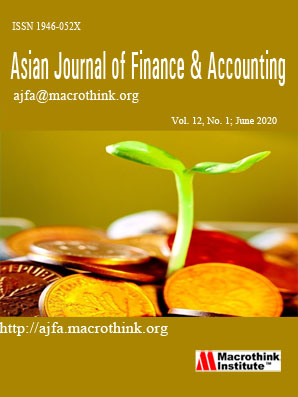Determinants of Capital Adequacy Ratio of Commercial Banks in Nepal
Abstract
The study attempts to determining the capital adequacy ratio of commercial banks in Nepal. This study is based on the secondary balance panel data. The data were collected from the 11 commercial banks for the period of 2013/14 to 2017/18 leading to 55 observations. The convenience sampling technique has been used to selection of sample of the study. The study period has been made for fresh data in the analysis. The descriptive, correlational and casual comparative research design has been used for data analysis. The study assumes that the capital adequacy ratio of commercial banks depends on bank specific variable: credit risk, asset quality, management quality, return on assets, liquidity, size of bank and macroeconomics variables gross domestic products growth rate and consumer price index i.e. inflation rate. The three different model like Pooled OLS, Fixed Effects Model and Random Effects Model have been used for data analysis. The results of the study revealed that the liquidity has positive and statistically significant effects on capital adequacy ratio. Size of bank and inflation rate have negatively and statistically significant results. The others variables profitability, asset quality, credit risk, management quality and growth of gross domestic products does not effect to capital adequacy ratio. The study concluded that liquidity, size of bank and inflation have major determinants of capital adequacy ratio in Nepal.Submission of an article implies that the work described has not been published previously (except in the form of an abstract or as part of a published lecture or academic thesis), that it is not under consideration for publication elsewhere, that its publication is approved by all authors and tacitly or explicitly by the responsible authorities where the work was carried out, and that, if accepted, will not be published elsewhere in the same form, in English or in any other language, without the written consent of the Publisher. The Editors reserve the right to edit or otherwise alter all contributions, but authors will receive proofs for approval before publication.
Copyrights for articles published in MTI journals are retained by the authors, with first publication rights granted to the journal. The journal/publisher is not responsible for subsequent uses of the work. It is the author's responsibility to bring an infringement action if so desired by the author.








